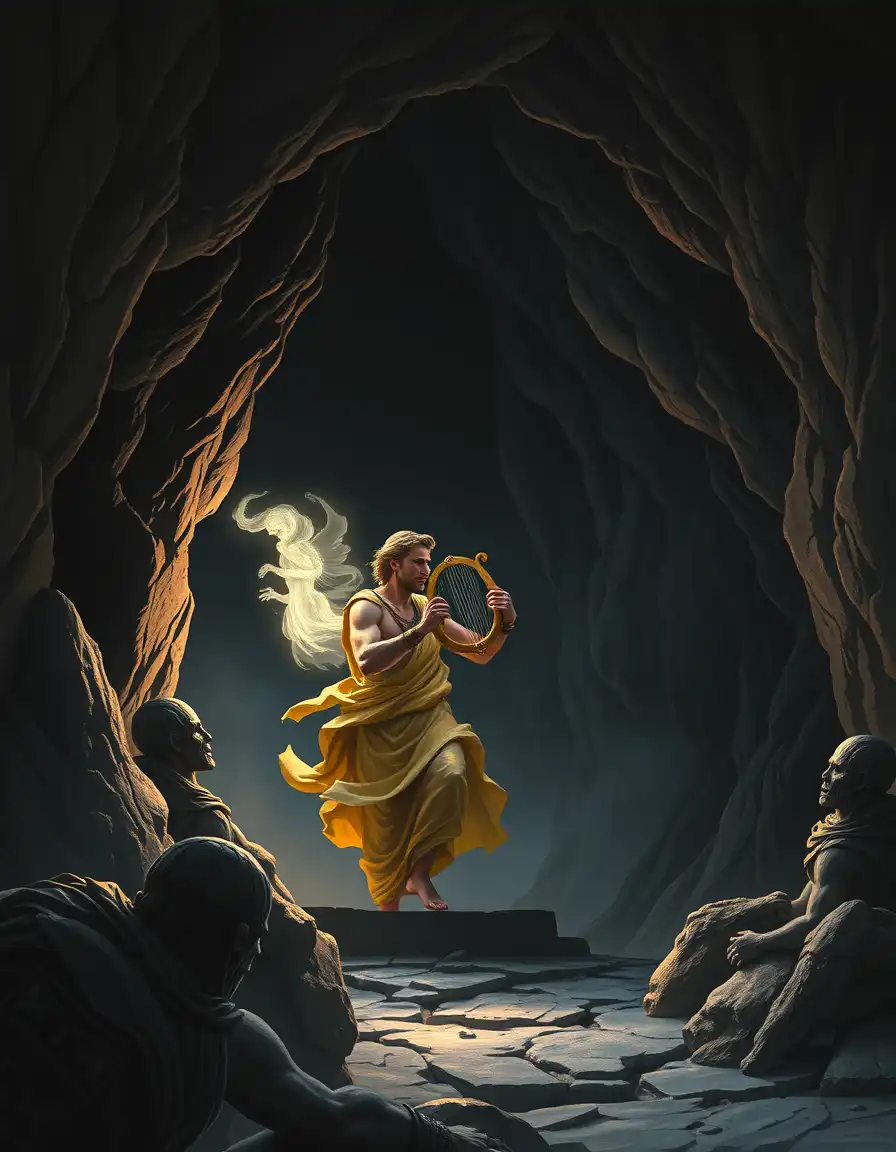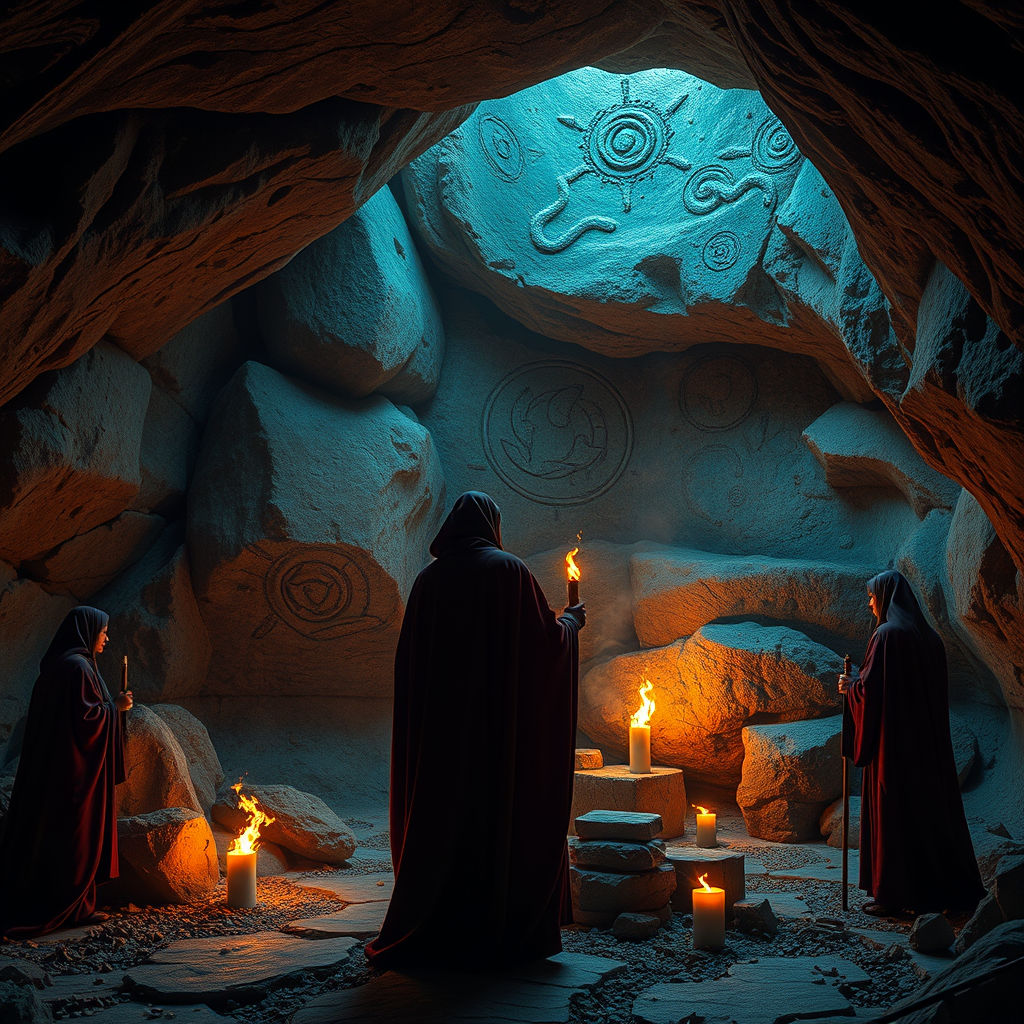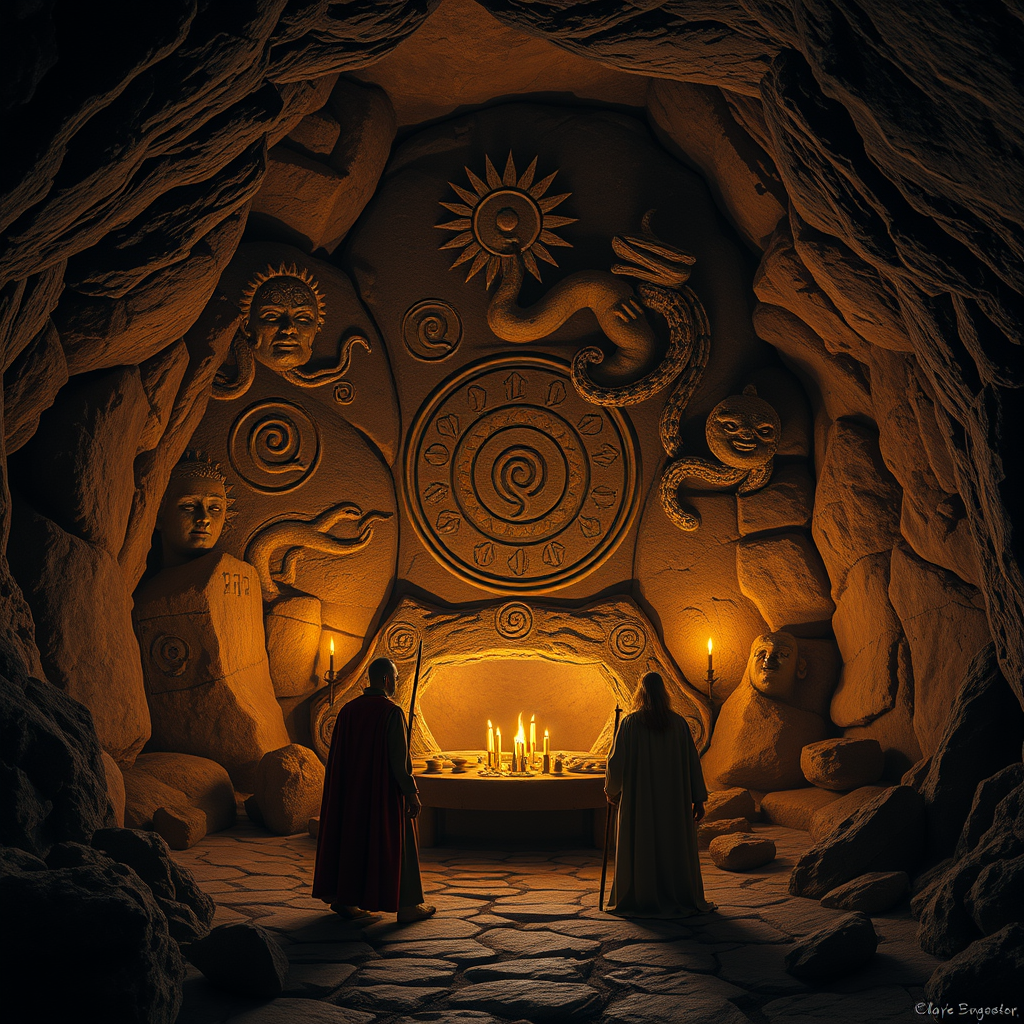The Myth of Orpheus and Eurydice: Death, Music, and Resurrection in Ancient Mythology

The tragic love story of Orpheus and Eurydice blends music, devotion, and the mysteries of death. Rooted in ancient myth, it reveals timeless themes of love, loss, and the hope for resurrection.
The Eternal Love of Orpheus and Eurydice
Orpheus, son of Apollo and the muse Calliope, was the greatest musician of the ancient world. With his golden lyre, he charmed wild beasts, swayed trees, and even softened the hearts of gods. His love for the nymph Eurydice became one of the most enduring tales in mythology.
The two were deeply devoted to each other, and their union symbolized the harmony between human emotion and divine inspiration. Yet their happiness was shattered when Eurydice, fleeing the unwanted pursuit of the shepherd Aristaeus, stepped on a venomous serpent and died.
Her sudden death marked the beginning of one of the most profound myths about grief, devotion, and the human struggle against mortality.
The Descent into Hades
Orpheus refused to accept Eurydice’s fate. With his lyre in hand, he descended into the underworld, determined to rescue her. His music, filled with sorrow and longing, silenced the torments of Hades, soothed Cerberus, and moved the Furies to tears. Even Persephone, queen of the underworld, was overcome by his lament.
Hades agreed to release Eurydice under one condition: Orpheus must not look back at her until they had both reached the world of the living. Orpheus led the way, his heart burning with both hope and fear. Just before reaching the threshold of light, doubt overcame him. He turned to gaze at Eurydice — only to see her vanish forever into the shadows.
This tragic failure made the story of Orpheus a parable of human fragility: the inability to resist doubt and the eternal struggle between love and loss.
Orpheus in Thracian and Balkan Traditions
The myth of Orpheus is not only Greek; it carries strong ties to Thracian and Balkan culture. Ancient writers often mentioned his Thracian origins, and archaeological sites in the Balkans suggest that his cult was deeply rooted in the region.
In Bulgaria, legends and archaeological discoveries connect Orpheus to sacred caves and tombs. One such cave, believed to be a symbolic gateway to the underworld, has been presented in modern research as the place where Orpheus descended after Eurydice. In nearby burial sites, charred manuscripts and relics point to the persistence of Orphic rituals that emphasized death, rebirth, and the soul’s immortality.
These findings reveal how the myth was not just a poetic tale but a religious narrative woven into the spiritual life of the ancient Balkans.
Symbols of Death, Music, and Resurrection
The Orpheus myth is rich in symbolism. His lyre represents the power of art to transcend ordinary existence, a divine force capable of bridging the worlds of the living and the dead. Eurydice’s death by snakebite symbolizes the fragility of life and the inevitability of death, themes common in Mediterranean mythology.
The descent into Hades serves as a metaphor for initiation into mysteries — rituals of death and rebirth practiced by Orphics and other ancient sects. Orpheus’s failure to retrieve Eurydice reflects the limitations of human desire when confronted with the finality of death.
Yet in his persistence and devotion, Orpheus embodies the hope of resurrection, a theme that would later echo in other Mediterranean religions, including Christianity.
Legacy in Art and Religion
The myth of Orpheus and Eurydice resonated deeply with later cultures. Ancient poets, tragedians, and philosophers retold the story as a reflection of human longing and divine inspiration. In visual art, Orpheus was depicted surrounded by animals, singing with his lyre, or guiding Eurydice from the underworld.
In Roman times, mosaics and sarcophagi often portrayed Orpheus as a figure of harmony and salvation. Later, in the early Christian era, Orpheus was sometimes interpreted as a symbol of Christ — one who brings salvation through suffering, music, and the promise of new life.
The timeless appeal of Orpheus and Eurydice lies in its universal message: love transcends death, even if it cannot conquer it completely. Their story remains one of the most poignant expressions of the human condition in the history of myth.
Images:
Mythical atmosphere of the ancient Balkans, misty mountains shrouded in fog, a sacred cave entrance with water flowing inside, moss and vegetation growing on the surrounding stones, ancient and mysterious ambiance, spiritual depth and mystical light.
An ancient mythical scene of Orpheus descending into the underworld: a young man with a golden lyre, guiding a veiled Eurydice through a shadowy cavern, surrounded by faint spirits and glowing symbols of rebirth carved into the stone walls.
The Eternal Love of Orpheus and Eurydice
Young Orpheus and Eurydice in a sunny meadow, Orpheus playing the golden lyre while Eurydice listens, surrounded by wildflowers, animals gently gathering near the music.
The Descent into Hades
Orpheus entering a dark, sacred cave symbolizing the passage to the underworld, holding his glowing lyre, Eurydice’s faint spirit behind him, shadowy spirits and guardians of Hades watching.
Orpheus in Thracian and Balkan Traditions
A mystical cave in the Balkans, ancient rock carvings, Thracian priests performing rites, torches illuminating symbols of snakes, suns, and spirals on the stone walls.
Symbols of Death, Music, and Resurrection
Orpheus standing in a symbolic composition: his lyre radiating golden light, a snake coiled near Eurydice’s feet, dark shadows of death contrasted with bright symbols of rebirth above.
Legacy in Art and Religion
A Roman mosaic depicting Orpheus with animals around him, reimagined in early Christian style, with faint hints of cruciform symbolism blending pagan and Christian art.
Keywords / Key Phrases: Orpheus, Eurydice, resurrection, Orpheus and Eurydice myth, descent into Hades, Thracian traditions, Orphic symbolism, music and death
Category: VISIONS | Page updated on: November 26, 2025
Author: Arxonyus
Discover also in VISIONS: experiences; clear and achievable goal; dreams; success; imagination

















